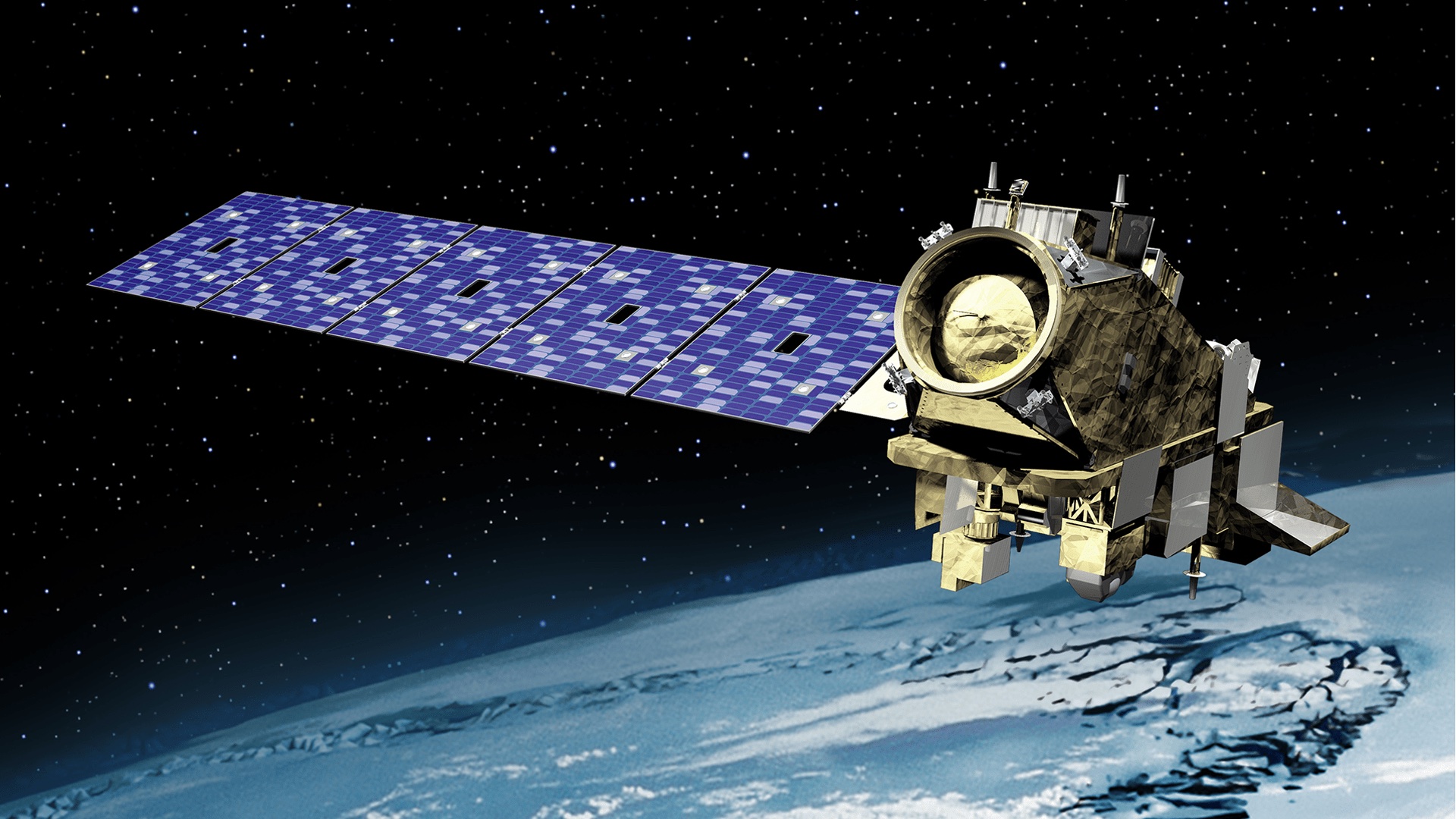NASA will soon launch six small satellites that will transmit data about the formation and development of tropical cyclones every hour, four to six times more than current satellites, so even storm forecasts can be more accurate.
The agency will launch its first two TROPICS satellites on June 12, and will send four more later this year to provide researchers with more accurate and up-to-date data on future tropical cyclones. Current weather satellites orbiting Earth only return to a storm every four to six hours, which means researchers are lagging behind during this time.
However, they will not be neglected in the future, as new satellites will provide more frequent updates to scientists, complementing data collected by existing low-earth weather satellites, allowing scientists to see every storm from start to finish.
The six satellites will be placed in pairs in a slightly different low Earth orbit, and each will be at an angle of approximately 30 degrees above the equator. This combination increases the time it takes for satellites to travel over the part of the Earth where most tropical cyclones form.












































